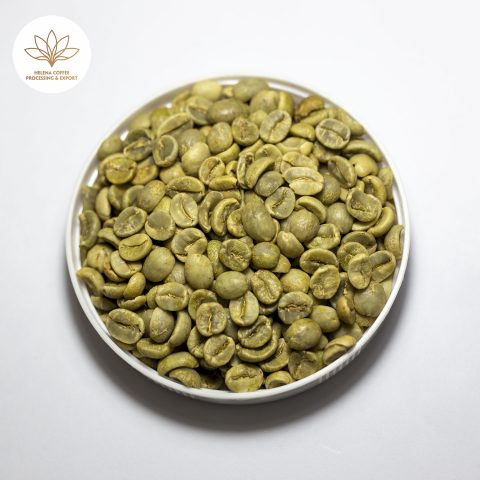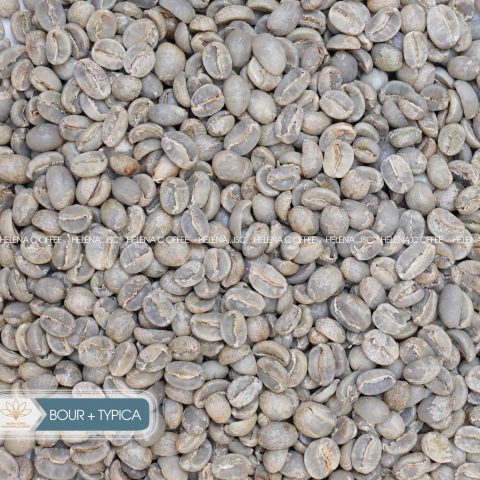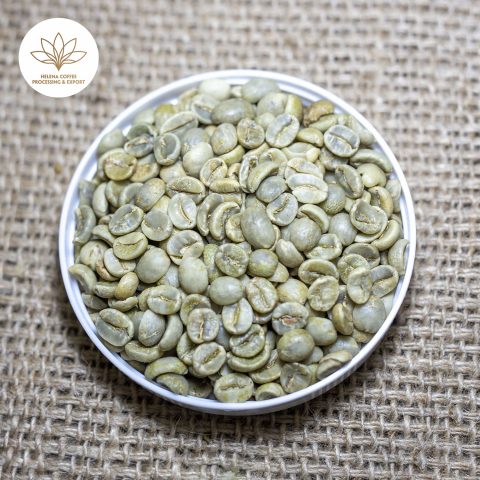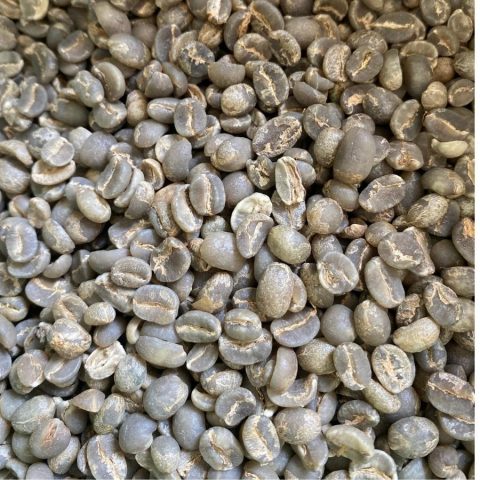Arabica Moka Cau Dat Coffee Beans F2 S16+
- Home
- Products
- Vietnamese Arabica Green Coffee Beans
- Arabica Moka Cau Dat Coffee Beans F2 S16+
Arabica Moka Cau Dat Coffee Beans F2 S16+
$7.90 $7.15
- Variety: Moka
- Region: Cau Dat, Lam Dong
- Elevation: 1550m
- Processing: Fully-Washed
- Ripe Rate: 98-99%
- Moisture: 15.5%
- Foreign Matter: 0.1%
- Black: 0.1%
- Broken: 0.1%
- Rate on Sieve: 90%
- Bean size (Sieve): S18, S16
- Capacity: 500 tons/year
- Price per kilogram: $/kg
695279 in stock
Related products



Arabica Moka Cau Dat Coffee Beans F2 S16+: Referring to Moka Cau Dat is like referring to a Vietnamese coffee legend, called a legend because there are two factors. One is that if it is found and harvested separately, We still believe it will be the best coffee in Vietnam. Second, because there are so few people who actually experience Moka Cau Dat to the fullest, how Moka Cau Dat tastes is almost just an oral story.
1. What Is Moka Cau Dat Coffee?
Cau Dat Moka coffee belongs to the Arabica genus, which is the Moka coffee variety associated with the Cau Dat site in Da Lat, producing the most famous Cau Dat Moka coffee product. Cau Dat area with very suitable climate, temperature, humidity, and soil conditions, similar to Brazil, so it produces a delicious and popular product called Moka Cau Dat.
Planting conditions and techniques to produce Cau Dat Moka coffee products also require strict, high technical requirements with high altitude, climate, and temperature requirements. Therefore, the output of Cau Dat Moka is not high. There is always a shortage in the market.
2. History of Moka Coffee in Vietnam
In the early 19th century, the French brought coffee trees to grow in Lam Dong. The coffee trees they grow include Typica, Bourbon, Moka, also known as Mokka, Mocha… (from now on I will call them F1 generation coffee). These F1 coffee trees are suitable for climates with altitudes of 1500m and above.
Therefore, Cau Dat, a mountainous area with an altitude of 1550m was selected for replication. Coffee at that time was mainly served to the nobility, so you also understand that these are all excellent quality varieties. But everything delicious has its price. Firstly, the yield is very low, followed by the weak body, susceptible to pests and diseases.
Later, when coffee plantations became owned by Vietnamese people, farmers gradually replaced old, diseased, and weak trees (F1 generation plants), also known as replanting, by hybridization with new coffee trees. healthier coffee, higher yield (F2 generation plants).
Until recent years, the race in yield has brought Catimor (F3 generation plants) to the throne with strong disease resistance and outstanding yield. Catimor is now available at all Arabica coffee plantations throughout Vietnam. And it can be said that over 99% of the coffee appearing on the Vietnamese market is Catimor.
In the group of F1 plants, Moka is the weakest plant, worse than that, the size of Moka seeds is very small like a pea. Ripe Moka seeds are even smaller or equal to the young green seeds of high-yielding varieties.
When harvested together with other varieties, Moka seeds reduce the value of the whole lot because smaller seeds are charged less. That is the reason why F1 plants are now rare, Moka seeds are even rarer.
Somewhere in some coffee plantations in Cau Dat, Da Lat, there are still a few single Moka trees left, meaning as a souvenir of the farmers left after the replanting. A healthy Moka tree (which is quite unlikely) gives an annual yield of 1-2kg of seeds. That production is too small to be processed separately, plus very few people really recognize and distinguish the ancient breed like Moka.
Certifications
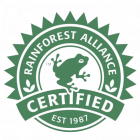

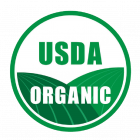
Discover the Alluring Aromas of Vietnamese Arabica Coffee
Vietnamese Arabica coffee captivates the senses with its exquisite flavors, hailing from the enchanting highlands of Cau Dat – Da Lat. As the country’s hidden gem, this exceptional bean boasts a unique and refined taste profile that sets it apart from its more widely-known counterpart, Robusta.
The cool climate and fertile soil of Cau Dat – Da Lat nurture these Arabica beans to perfection, allowing them to develop their full aromatic potential. As you indulge in the rich and complex notes of Vietnamese Arabica, you’ll uncover a delightful world of flavors that embody the dedication and passion of its growers.
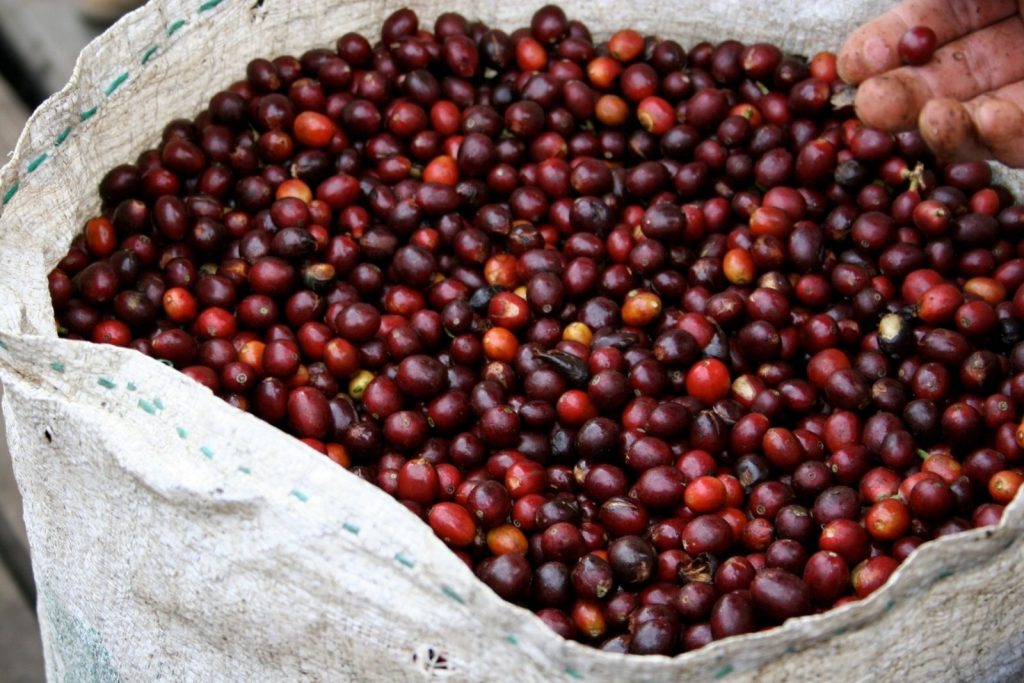
Environment
Precipitation, temperature, and humidity have a lot of say in a coffee’s maturation, overall flavor, and quality. Many coffee-producing countries are either primed for growing success or use alternative methods to improve their ecosystem.
Precipitation
1500m+
Temperature
17℃
Humidity
71%
Attitude
Elevated at over 1500 meters above sea level, the captivating Cau Dat – Da Lat region features a consistent temperate climate, with maximum temperatures never surpassing 33°C and minimums remaining above 5°C. The area’s fertile basaltic soil presents the optimal conditions for cultivating premium Arabica coffee.
Cau Dat’s distinguished Arabica exhibits a sophisticated blend of mild acidity and a hint of bitterness. Its transparent amber hue embodies the pristine environment from which it originates. The refined aroma harmonizes notes of syrup, fresh fruits, honey, toasted bread, and sunlit afternoons, creating a memorable sensory experience that captivates even the most discerning coffee aficionados.
Cau Dat’s Arabica confidently stands among the world’s elite coffee varieties, showcasing its unparalleled quality and the extraordinary potential of Vietnamese coffee.
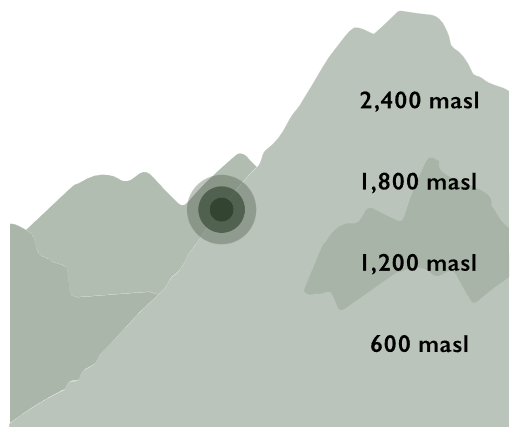
Processing
A coffee’s process describes how the seed (aka the coffee bean) is separated from the coffee cherry. Popular methods include washed, dry, and honey, but there are many other processes that put special emphasis on different aspects of these methods.
Washed
Fully Washed
Dried
Sun-dried
Natural
Fully Washed
Timeline
Harvest and export times are based off when a particular coffee will be at its peak quality. Cherries picked at the start of the harvest season tend to be underdeveloped, and those picked at the end are often overdeveloped, so producers aim for that sweet
Harvest
Export
Dec – Sept
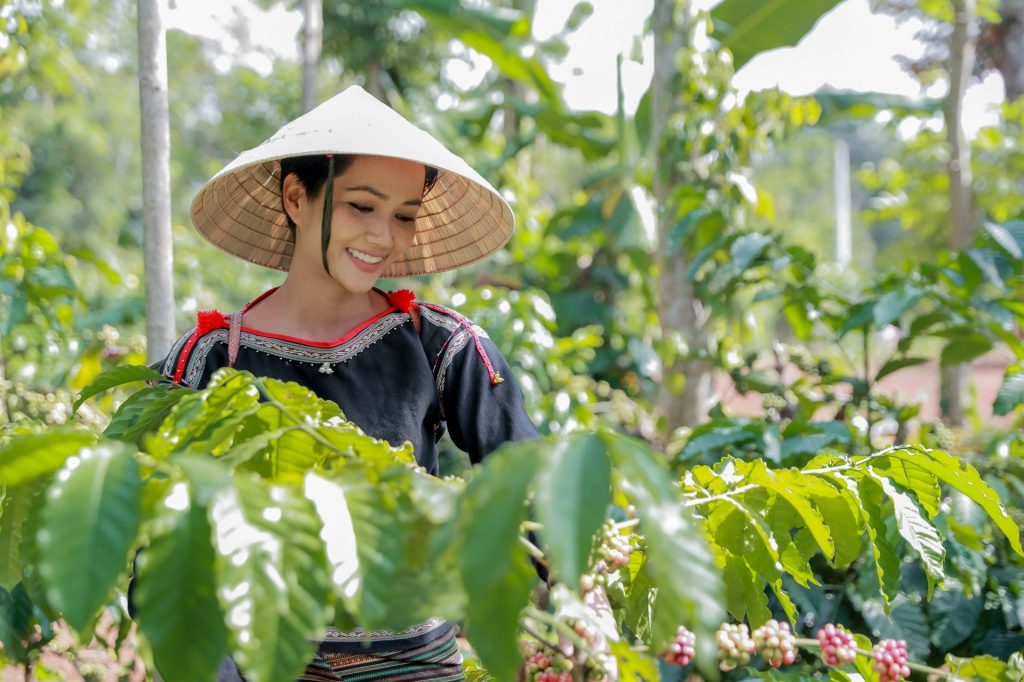
Cau Dat - Da Lat
Nestled just 24km from Da Lat city in Lam Dong Province, Cau Dat resides within the renowned Central Highlands of Vietnam. Boasting an ideal elevation and climate, this region has emerged as one of the premier locations for growing exceptional Arabica coffee.
With a vast expanse of 1,110 hectares dedicated to coffee cultivation—86% of the agricultural area—Cau Dat focuses predominantly on Arabica coffee, which makes up 98% of the total coffee crop. Remarkably suited to the local natural conditions, Cau Dat’s coffee plants thrive with minimal impact from pests. Each hectare yields an impressive 18-20 tons of fresh coffee cherries, equivalent to 4 tons of coffee beans, outpacing productivity in many other regions.
Discover the magic of Cau Dat’s Arabica coffee, where the perfect blend of elevation, climate, and dedication to quality come together to create a truly remarkable and unforgettable coffee experience.
Cau Dat has a total area of 1,110 hectares of coffee growing, accounting for 86% of the agricultural area. Especially, the area for Arabica coffee accounts for 98% of the total. Cau Dat coffee species generally really suit the natural conditions of this land and barely get affected by pests. Each hectare of the cultivated area can provide 18-20 tons of fresh coffee berries, equivalent to 4 tons of coffee beans. The productivity is much higher than other types.

